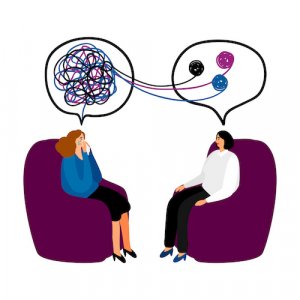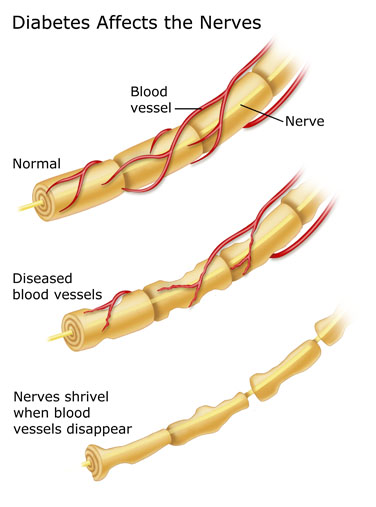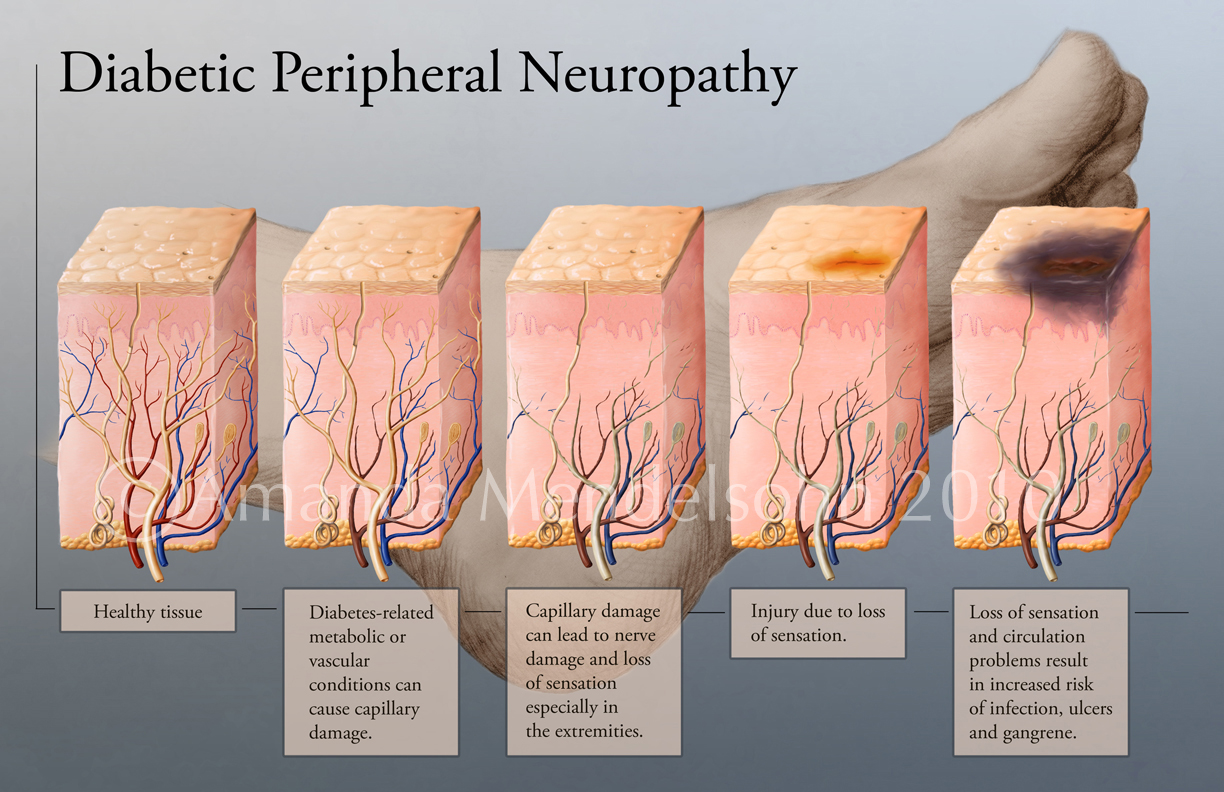What Is Autism Spectrum Disorder?
Autism Spectrum Disorder (ASD), by definition, is a multi-complex disorder that is distinguished by a particular criteria which includes difficulties with social communication and interaction, restricted interests, and repetitive behaviors (Narzisi et. al, 2021). Currently, it is estimated that every one in one hundred people will be diagnosed with some form of ASD, with incidence of diagnosis increasing in each passing year. Over the last few decades, several studies have shown that ASD is likely to have strong associations with other common disorders, including specific behaviors and symptoms (Narzisi et. al, 2021). Unfortunately, there are many misconceptions associated with ASD, leading to negative stereotypes and platforms for endless conspiracy theories.
Lets take a closer look at some of these myths and deceptive ideas…
Fact or Fiction: Savant Talents & Skills For All
FICTION!
In the media, ASD is oftentimes portrayed as a disorder in which the individual affected has some type of special skill or talent (Happe, 2018). These skills can include having a near-perfect memory or the ability to crack advanced codes with little to no effort. While it is possible for these individuals to possess a distinct special ability, this is not necessarily the norm for all of those diagnosed with ASD (Happe, 2018).
Studies have shown that about one third of all adults diagnosed with Autism will exhibit a unique skill of some sort, whether this be visuo-spatial abilities, quick calculation of numbers, detailed drawing and painting, or the ability to read and perform music (Happe, 2018). In children, those exhibiting more definitive traits of Autism are more likely to acquire these special skills and talents, more specifically, the ability to notice and remember small details that most people would miss. This keen eye for detail is likely the root cause for musical and artistic talent with those diagnosed with Autism (Happe, 2018).
As the above clip states, ASD is a spectrum disorder, meaning each individual diagnosed is affected in their own personal way. Although not all individuals diagnosed with Autism will possess a specific talent or skill, it is still a possibility. Those on the Autism spectrum, whether or not they hold a special skill or talent, are capable of so much more than most people realize.
Fact or Fiction: Autism May Lead to Criminal & Aggressive Behavior
FACT!
As stated by Hofvander et. al (2019), ASD has long been associated with an increased risk of aggressive and challenging behavior. This topic, while sensitive, has often been discussed and researched due to the fact that many individuals with ASD share several common characteristics. Some of these attributes include a lack of cooperation and respect, social naivety, compulsiveness, and a defiance to change (Hofvander, et. al, 2019).
According to Hofvander et. al (2019), numerous twin studies have revealed that the same genetic and environmental components associated with ASD have also been found to impact the development in those faced with oppositional and conduct disorders. One study in particular chose to focus on childhood arrestees diagnosed with ASD with the intention of finding an association between the disorder and delinquent behaviors. The study found that criminal, troublesome behavior was strongly linked to several signs and symptoms of Autism, even after being treated for secondary problems or disorders. Hofvander et. al (2019) goes on to explain that some studies have even revealed that consistently disruptive children usually possess Autism behavioral traits, with as many as one third ultimately meeting the criteria established for properly diagnosing ASD.
While the above clips may not necessarily scream aggression or criminality, it does show the way in which those with ASD have difficulty with expressing themselves. When considering adults who are on the spectrum, there have been numerous reported cases regarding serious, persistent aggressive and offending behaviors, leading many researchers to believe that there is a clear association between ASD and aggressive, sometimes criminal behaviors (Hofvander et. al, 2019). Perhaps these behaviors are not meant to be ill-intended from the individual expressing them though-maybe, much like the clips above, they just have a hard time verbalizing their thoughts, feelings, and opinions on the world around them.
Fact or Fiction: Vaccines Are to Blame
FICTION!
The idea that vaccines are a possible cause of Autism is likely one of the oldest myths out there. According to Hviid et. al (2019), the thought that Autism is caused by receiving the measles, mumps, rubella (MMR) vaccine has created challenges as well as heightened levels of fear, stress and anxiety in the parents of all young children.
After the Lancet journals 1998 release of the highly controversial article discussing a possible link between Autism and vaccines, many individuals have become extremely cautious when considering vaccinations, especially for their children (Hviid et. al, 2019). Even two decades later, there is still an ongoing struggle, with many parents around the country opting out of vaccinating their children for fear they will develop Autism Spectrum Disorder soon after (Hviid et. al, 2019).
Something can certainly be said about the fact that the Lancet journal chose to retract their original article. Unfortunately, in this case, the damage had already been done. As Hviid et. al (2019) states, there have been countless observational studies conducted throughout the years, all of which failed to reveal an increased risk for Autism after receiving the MMR vaccine. To this day, the actual cause of Autism remains unknown, with only a handful of risk factors available to better gauge which individuals have a higher chance of diagnosis.
Fact or Fiction: Autism Hinders Nutrition
FACT!
In terms of nutrition and oral intake, ASD has proven to include a plethora of various behaviors and symptoms, such as inadequate dietary intake, food selectivity and even a complete refusal to eat (Narzisi et. al, 2021). These behaviors are so common, that they can affect up to 89% of all children diagnosed with some form of ASD. In fact, numerous studies have shown that children with ASD tend to consume decreased amounts of fruits, vegetables, calcium, and protein when compared to their generally developing peers (Narzisi et. al, 2021). Children with ASD tend to prefer foods that are higher in carbohydrates and fats such as pizza, cakes, cookies, and ice cream. These children have also been shown to consume inadequate amounts of vitamins, calcium, zinc, and dairy.
As Narzisi et. al, (2021) highlights, with these increased levels of food selectivity, concern turns from what the child is eating, to how what they are eating is negatively impacting their health. Food selectivity in particular can ultimately lead to an oral fixation for the same food, likely a manifestation of the desire for consistency and the increased need to keep everything exactly the same (Narzisi et. al, 2021). Often times, this selectiveness for certain foods is created by a sensory processing issue, expressed by over-reactions from any of the five senses. This over-reaction can cause the child to become hypersensitive to certain food textures, leading to an increase in the level of selectiveness (Narzisi et. al, 2021).
Stop The Madness!
Autism Spectrum Disorder is not a diagnosis one should ever take lightly. Not only this, but those diagnosed should never be stereotyped or made to feel like a problem. These individuals process the world around them in a different way than most people-and that is not a bad thing. As a society, we need to learn to be more accepting and patient for those diagnosed with ASD. Doing so can lead to a decrease in misinformation and an increase in real, hard facts.
References
Happé, F. (2018). Why are savant skills and special talents associated with autism? World Psychiatry, 17(3), 280–281. https://doi.org/10.1002/wps.20552
Hofvander, B., Bering, S., Tärnhäll, A., Wallinius, M., & Billstedt, E. (2019). Few differences in the externalizing and criminal history of young violent offenders with and without autism spectrum disorders. Frontiers in Psychiatry, 10. https://doi.org/10.3389/fpsyt.2019.00911
Hviid, A., Hansen, J. V., Frisch, M., & Melbye, M. (2019). Measles, mumps, rubella vaccination and autism. Annals of Internal Medicine, 170(8), 513. https://doi.org/10.7326/m18-2101
Narzisi, A., Masi, G., & Grossi, E. (2021). Nutrition and autism spectrum disorder: Between false myths and real research-based opportunities. Nutrients, 13(6), 2068. https://doi.org/10.3390/nu13062068









 Examples can be not feeling hot or cold properly, having feelings of electric shocks, burning, and tingling. As the disease progresses, the nerve will start to shrivel and die. This is when you will have numbness, and you can become susceptible to cuts, bruises, and ulcers. Diabetics are slow wound healers. Since you will not be able to feel these cuts, they can become infected; if neglected, the infection can quickly enter the bloodstream, causing sepsis, or enter the bone, causing osteomyelitis. Amputations are common at this point, as the infected area may be too far gone to save.
Examples can be not feeling hot or cold properly, having feelings of electric shocks, burning, and tingling. As the disease progresses, the nerve will start to shrivel and die. This is when you will have numbness, and you can become susceptible to cuts, bruises, and ulcers. Diabetics are slow wound healers. Since you will not be able to feel these cuts, they can become infected; if neglected, the infection can quickly enter the bloodstream, causing sepsis, or enter the bone, causing osteomyelitis. Amputations are common at this point, as the infected area may be too far gone to save.




